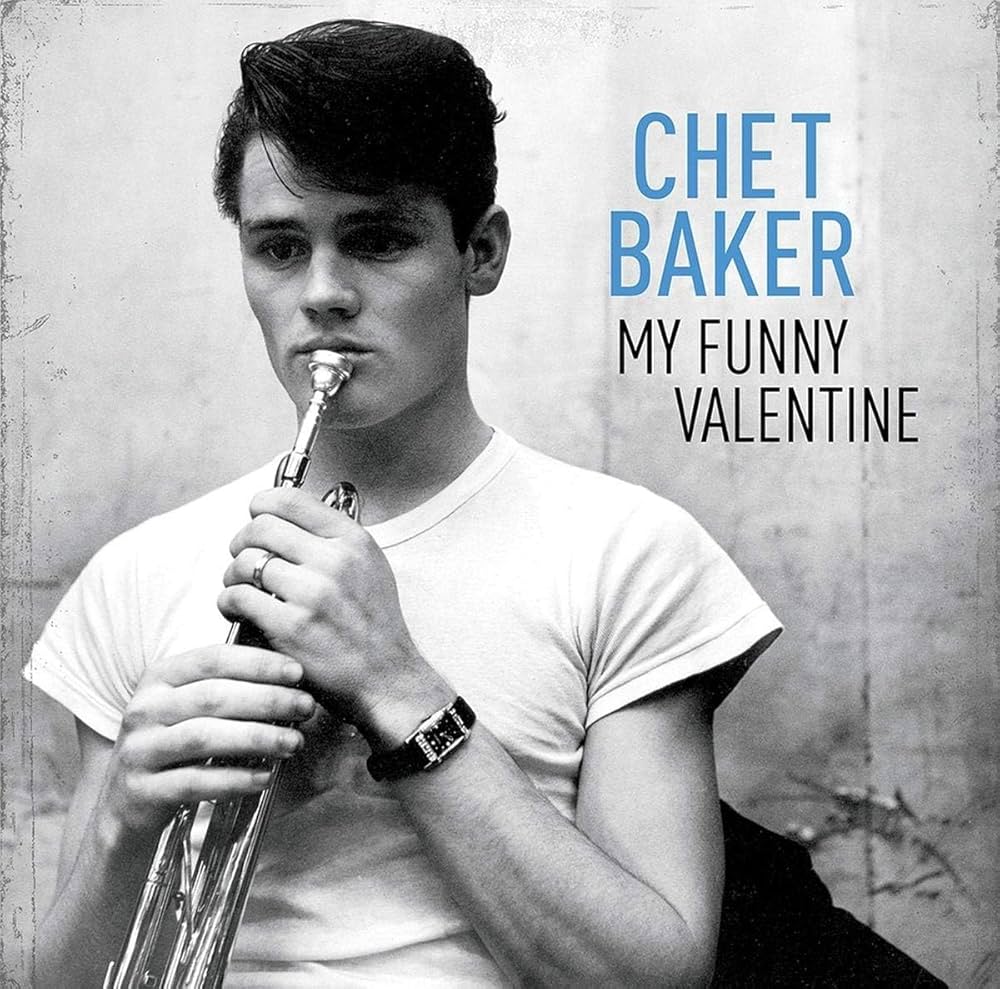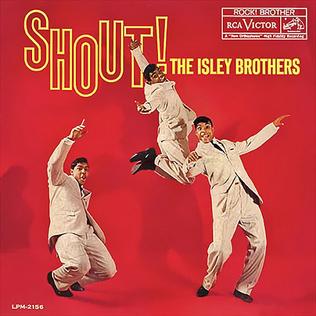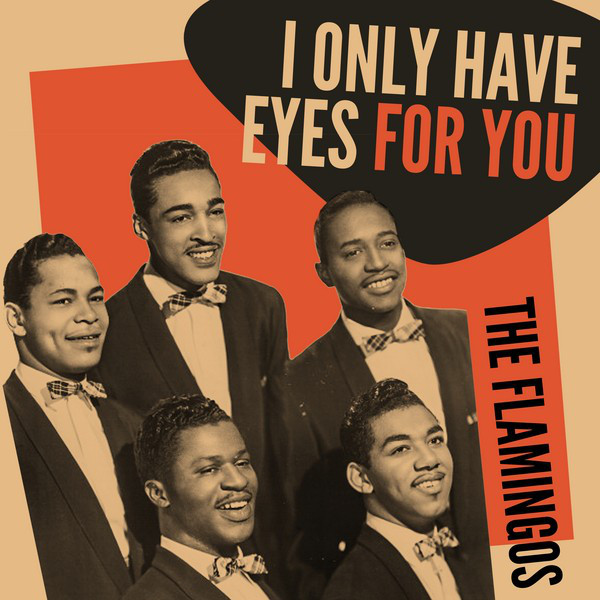 When “I Put a Spell on You” was released in 1956, it was unlike anything the world had ever heard—or seen. It wasn’t just a song; it was an exorcism of love, lust, rage, and theatrical chaos bottled into two and a half minutes of raw emotional fire. Screamin’ Jay Hawkins, a former opera student turned wildman showman, didn’t just sing the blues—he screamed them, howled them, and performed them like a voodoo priest summoning spirits from another realm. The song was supposed to be a straight ballad, a soulful plea of heartbreak. But after a night of heavy drinking in the studio, Hawkins and his band delivered something entirely different: a guttural, unhinged explosion of passion that would go on to change the course of rock, soul, and performance art forever.
When “I Put a Spell on You” was released in 1956, it was unlike anything the world had ever heard—or seen. It wasn’t just a song; it was an exorcism of love, lust, rage, and theatrical chaos bottled into two and a half minutes of raw emotional fire. Screamin’ Jay Hawkins, a former opera student turned wildman showman, didn’t just sing the blues—he screamed them, howled them, and performed them like a voodoo priest summoning spirits from another realm. The song was supposed to be a straight ballad, a soulful plea of heartbreak. But after a night of heavy drinking in the studio, Hawkins and his band delivered something entirely different: a guttural, unhinged explosion of passion that would go on to change the course of rock, soul, and performance art forever.
“I Put a Spell on You” is both terrifying and seductive. It feels like a séance and a love song at once. Hawkins’ deep, booming baritone growls and cracks with animalistic emotion as he begs, commands, and moans his way through the lyrics. There’s nothing polite or restrained about it—this was primal American music, the kind that scared the establishment and thrilled rebellious youth. Decades later, the song remains an anthem of obsession, covered by artists as diverse as Nina Simone, Creedence Clearwater Revival, Annie Lennox, and Marilyn Manson. But no version has ever captured the unholy mix of menace and magnetism of Screamin’ Jay’s original recording.
The Man Behind the Madness
Jalacy “Screamin’ Jay” Hawkins was born in 1929 in Cleveland, Ohio, and from the beginning, he stood out. He was a showman by nature, with a deep love for blues, opera, and theater. He trained as an opera singer and idolized Paul Robeson, but his musical path took a sharp left turn toward the bizarre. He fought in World War II, worked as a boxer, and eventually turned to music full-time—bringing his flair for drama and danger with him.
By the early 1950s, Hawkins was performing rhythm and blues in New York clubs, wearing leopard-print suits and top hats. He had the voice of a powerhouse and the stage presence of a possessed man. But it wasn’t until “I Put a Spell on You” that his reputation as one of the most eccentric figures in music truly took hold.
The Birth of a Monster
The story of “I Put a Spell on You” begins in 1956 at Columbia Records. Hawkins initially intended it to be a slow, mournful blues song—a heartbreak ballad about lost love. But when producer Arnold Maxin brought in booze for the band during the session, things took a wild turn. By Hawkins’ own account, the musicians were so drunk that they didn’t remember recording the song. When they heard the playback the next day, they were stunned. What was supposed to be a straightforward love song had turned into a feral explosion of wailing, grunting, and demonic laughter.
The record label was initially horrified. Columbia refused to release it, believing it was too “disturbing” for public consumption. But the small independent label Okeh Records picked it up, recognizing its strange power. The song began to spread like a dark spell of its own, banned on many radio stations yet demanded by listeners across the country.
That tension—between desire and danger, between what society wanted and what it feared—was at the core of the song’s brilliance. “I Put a Spell on You” wasn’t just about love; it was about obsession, control, and the madness that comes with wanting someone too much. Hawkins wasn’t crooning to win a lover back—he was declaring ownership over them, commanding their soul.
Theatrical Shock and Awe
To promote the song, Hawkins fully leaned into its dark energy. He transformed himself into a horror-movie character, emerging on stage from a coffin, surrounded by smoke, skulls, and voodoo props. Dressed in capes and carrying a flaming skull he named “Henry,” Screamin’ Jay became a pioneer of shock rock decades before Alice Cooper or KISS ever painted their faces.
His performances were legendary for their sheer chaos. Audiences screamed, fainted, or fled, unsure if they were witnessing a concert or an exorcism. Hawkins didn’t just sing; he acted, screamed, rolled his eyes, and convulsed with theatrical fury. He was both terrifying and hilarious, and his stage antics set the tone for generations of performers who would blend music with horror, satire, and spectacle.
This transformation from bluesman to madman made Hawkins a cultural phenomenon, though not without controversy. Some Black community leaders at the time criticized his act as perpetuating racist stereotypes of savagery and voodoo mysticism. Hawkins, ever defiant, saw himself as an entertainer first and foremost. His goal, as he put it, was to “shock people into having fun.”
Lyrical Obsession and Emotional Darkness
At its core, “I Put a Spell on You” is a song of possession. The lyrics are deceptively simple—“I put a spell on you, because you’re mine”—but within Hawkins’ delivery, they become menacing and erotic all at once. His guttural cries and maniacal laughter suggest a man driven insane by jealousy and longing. He’s not merely heartbroken; he’s consumed.
The song taps into a darker side of love rarely expressed in 1950s pop music. While most male singers of the era crooned politely about heartbreak, Hawkins bared the ugly, uncontrollable side of passion. “Stop the things you do / Watch out, I ain’t lyin’” sounds less like a plea and more like a warning. It’s primal emotion, stripped of politeness and filtered through pure performance instinct.
That emotional intensity—somewhere between theater and madness—is what gives “I Put a Spell on You” its lasting power. It’s not a song you simply listen to; it’s one you feel in your bones.
The 1956 Shockwave
When the song was finally released in 1956, the cultural impact was immediate. It didn’t chart highly—partly because radio stations were afraid to play it—but it quickly became one of the most talked-about records in America. Hawkins’ wild stage show became a sensation, earning him national television appearances and a reputation as “The Black Vincent Price.”
White audiences were fascinated by the mix of voodoo imagery and rock ’n’ roll rebellion, while Black audiences were split—some celebrated his originality, others worried he was pandering to stereotypes. Regardless, the song became a cult classic and inspired a wave of imitation acts in the following decade.
Musicians from Tom Waits to Arthur Brown, Alice Cooper, and George Clinton have cited Hawkins as an influence. He proved that music could be performance art—that sound, sight, and emotion could blend into something truly visceral.
Influence and Legacy
“I Put a Spell on You” is one of the most covered songs in music history. Nina Simone’s haunting 1965 rendition transformed it into a smoky, melancholic torch song—where Hawkins’ madness became elegant suffering. Creedence Clearwater Revival’s 1968 version, fronted by John Fogerty, turned it into a swamp-rock masterpiece, replacing the voodoo theatrics with grit and Americana. Annie Lennox’s 1995 take brought icy sophistication, while Marilyn Manson’s version reclaimed the original’s dark theatricality for the industrial era.
Each version reveals a different layer of the song’s DNA, but all trace their roots back to Hawkins’ primal scream. His recording broke the rules for what a vocal performance could be—wild, emotional, unrestrained. Before James Brown screamed onstage or Jim Morrison prowled across arenas, Screamin’ Jay Hawkins had already shown the world that performance could be as wild and unpredictable as life itself.
Even in cinema, “I Put a Spell on You” has cast its long shadow. It’s been used in films from Stranger Than Paradise to Hocus Pocus, and even in advertising, its unmistakable growl evokes passion and danger.
The Cost of Eccentricity
Despite the song’s legendary status, Screamin’ Jay Hawkins never achieved mainstream financial success. His eccentric persona, coupled with racial bias and the industry’s discomfort with his theatrical style, kept him from the mainstream recognition he deserved. Yet he remained a touring legend, beloved by musicians and fans who saw him as an original—someone who refused to conform to any mold.
He continued performing well into the 1990s, often emerging from coffins even in his sixties, maintaining that gleeful sense of macabre humor. Hawkins claimed to have fathered over 50 children, adding to the mythos surrounding his larger-than-life personality. He lived as he performed—loudly, passionately, and without restraint.
The Sound That Shook the World
Musically, the song remains a marvel of simplicity and power. Its arrangement—blaring horns, rolling piano, and churning rhythm section—provides a perfect backdrop for Hawkins’ unhinged vocal delivery. There’s no elaborate orchestration, no complex harmony—just pure emotion. Every grunt, moan, and scream becomes an instrument in itself.
In the context of 1950s music, this was radical. Rock and roll was still new, and most singers played it safe. Hawkins threw safety out the window, replacing charm with chaos. The result was a sound that helped pave the way for the raw emotional energy of rock, punk, and even heavy metal.
The Spell That Never Broke
Nearly seventy years later, “I Put a Spell on You” remains intoxicating. It’s been preserved by the Library of Congress for its cultural and historical significance, and its influence is felt across genres. Every time a singer howls rather than croons, every time a performer turns a concert into theater, Screamin’ Jay’s ghost grins somewhere in approval.
The song endures because it captures something timeless about human emotion: the line between love and madness, between devotion and obsession. It’s uncomfortable, it’s beautiful, and it’s unforgettable.
Conclusion: The Screaming Soul of Rock
“I Put a Spell on You” wasn’t just a song in 1956—it was a revolution disguised as a voodoo ritual. Screamin’ Jay Hawkins took the conventions of love songs and turned them inside out, creating something dark, funny, and wildly original. His unbridled performance laid the groundwork for rock theatrics, punk defiance, and the idea that music could shock as much as it could seduce.
Decades later, the spell still works. The growl, the laugh, the haunted cry—they all hit with the same raw force. Screamin’ Jay didn’t just put a spell on his lover; he put a spell on the entire world, one that still hasn’t worn off.
And when that eerie, bluesy horn riff begins and that voice emerges from the darkness, it’s clear that this isn’t just a song—it’s a possession. A wild, beautiful, terrifying possession that still holds us all under its power.


